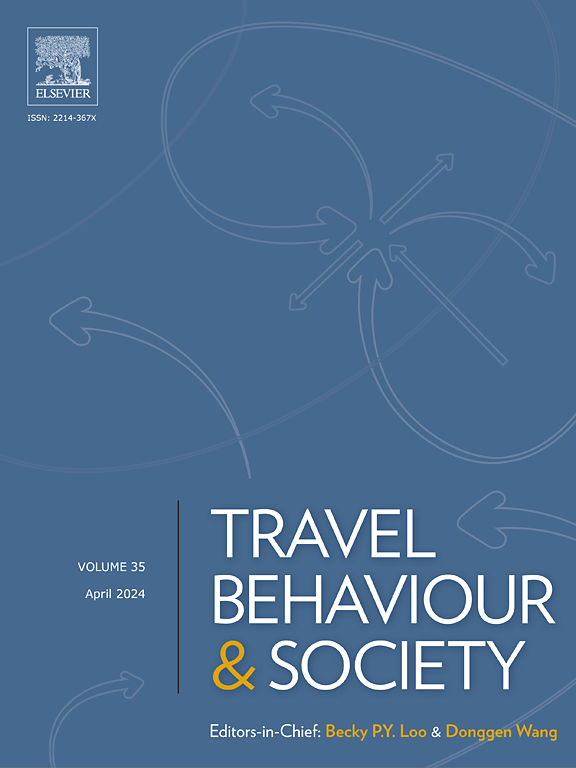Exploring public discourse about new cycle lanes and low-traffic neighbourhoods using Twitter/X data
IF 5.7
2区 工程技术
Q1 TRANSPORTATION
引用次数: 0
Abstract
While sustainable transport initiatives generally enjoy broad public support, new cycle lanes and Low Traffic Neighbourhoods (LTNs) often face strong opposition from local campaign groups, particularly on social media. This study examined public sentiment towards these measures and how it evolved in response to the UK Government’s Emergency Active Travel Fund, using social media data from Twitter (now “X”). A total of 36,696 UK-based tweets related to cycle lanes and LTNs were analysed over a four-year period, spanning two years before and two years after the fund’s announcement in May 2020 (1 March 2018 to 30 June 2022). Sentiment analysis revealed that while most tweets were positive, negative sentiment increased after the fund was announced. Structural Topic Modelling (STM) identified 13 key discussion topics, including cycle lane design, road user behaviour, and experiences using cycling infrastructure. Notably, discussions rarely addressed broader benefits of active travel, such as climate change mitigation or public health improvements. The findings indicate that new cycling infrastructure is generally well-received, but that public sentiment fluctuates over time. Criticism tends to focus on poorly designed or unsafe infrastructure and concerns around their implementation. This research demonstrates the value of social media analysis to understand the content and dynamics of public opinion on transport infrastructure changes, as well as the use of sentiment analysis and STM in analysing large text datasets.
使用Twitter/X数据探索关于新自行车道和低交通街区的公共话语
虽然可持续交通倡议通常得到广泛的公众支持,但新的自行车道和低交通街区(ltn)经常面临当地活动团体的强烈反对,特别是在社交媒体上。这项研究利用Twitter(现为“X”)的社交媒体数据,调查了公众对这些措施的看法,以及公众对英国政府紧急积极旅行基金的反应。在该基金于2020年5月(2018年3月1日至2022年6月30日)宣布成立之前和之后的四年时间里,共分析了36,696条与自行车道和ltn相关的英国推文。情绪分析显示,虽然大部分推文都是积极的,但在基金公布后,负面情绪有所增加。结构主题模型(STM)确定了13个关键的讨论主题,包括自行车道设计、道路使用者行为和使用自行车基础设施的经验。值得注意的是,讨论很少涉及主动旅行的更广泛好处,例如减缓气候变化或改善公共卫生。调查结果表明,新的自行车基础设施普遍受到欢迎,但公众的情绪会随着时间的推移而波动。批评往往集中在设计不良或不安全的基础设施以及对其实现的关注上。本研究展示了社交媒体分析在了解交通基础设施变化的内容和公众舆论动态方面的价值,以及在分析大型文本数据集时使用情感分析和STM的价值。
本文章由计算机程序翻译,如有差异,请以英文原文为准。
求助全文
约1分钟内获得全文
求助全文
来源期刊

Travel Behaviour and Society
TRANSPORTATION-
CiteScore
9.80
自引率
7.70%
发文量
109
期刊介绍:
Travel Behaviour and Society is an interdisciplinary journal publishing high-quality original papers which report leading edge research in theories, methodologies and applications concerning transportation issues and challenges which involve the social and spatial dimensions. In particular, it provides a discussion forum for major research in travel behaviour, transportation infrastructure, transportation and environmental issues, mobility and social sustainability, transportation geographic information systems (TGIS), transportation and quality of life, transportation data collection and analysis, etc.
 求助内容:
求助内容: 应助结果提醒方式:
应助结果提醒方式:


